Chydorus sp.
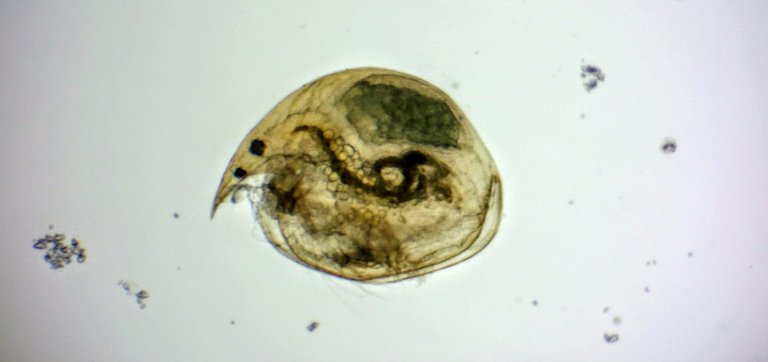
Con l'aumento delle temperature, anche la microfauna nelle vasche d'acqua si sta piano piano risvegliando.
With rising temperatures, the microfauna in the water tanks is also slowly awakening.
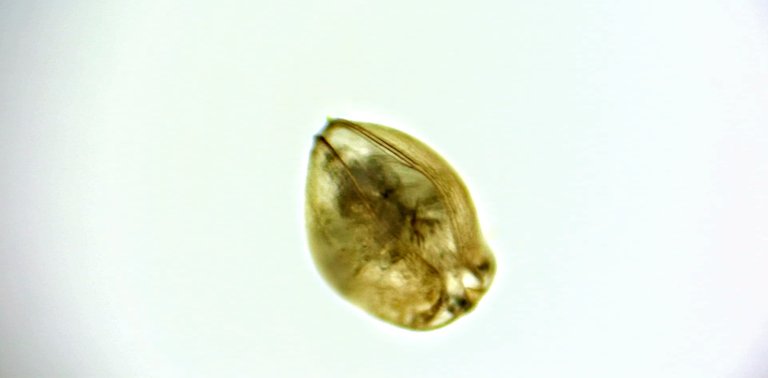
Questo è uno dei più attivi, un piccolo crostaceo d'acqua dolce grande appena 0,3-0,4 mm che si nutre principalmente di resti organici, piccole alghe ed altri detriti.
Alcune specie hanno un'incredibile adattamento al ph delle acque, sono ormai 4/5 anni che li vedo nelle vasche delle piante carnivore, lì la torba ha un ph compreso tra 2,5-3,5 ed utilizzo soltanto acqua piovana che già di per se è acida.
Molto spesso l'acqua assume anche colorazioni rossastre, le stesse che avevo visto in alcuni acquitrini tra le numerose torbiere visitate al Nord Italia qualche anno fa.
Here is one of the most active, a small freshwater crustacean just 0.3-0.4 mm large which feeds mainly on organic remains, small algae and other debris.
Some species have an incredible adaptation to the pH of the waters, I have seen them in the tanks of carnivorous plants for 4/5 years, the peat has a pH between 2.5-3.5 and I only use rainwater which already per se is acidic.
Very often the water also takes on reddish colors, the same that I had seen in some marshes among the numerous peat bogs visited in Northern Italy a few years ago.
40X
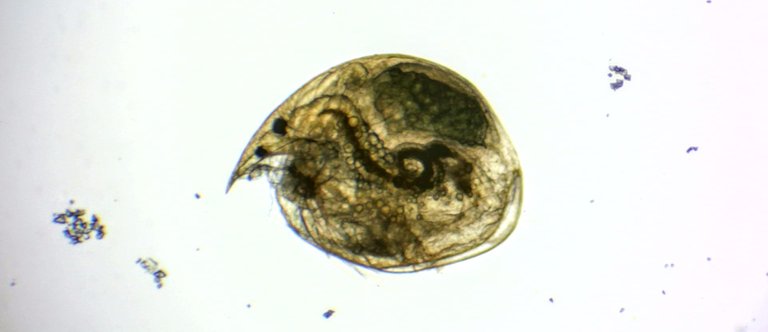
100X

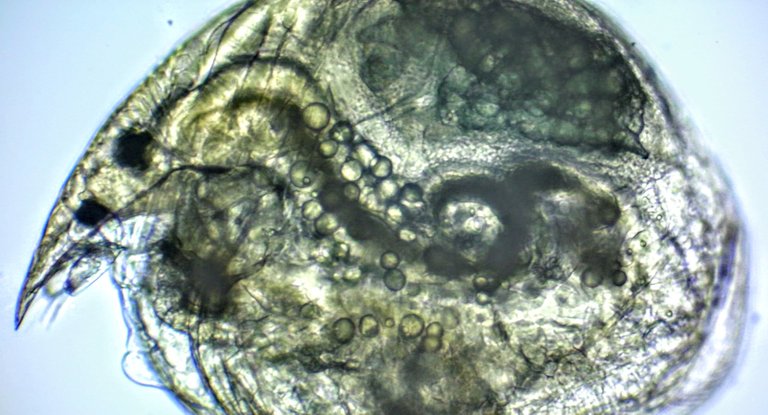
400x
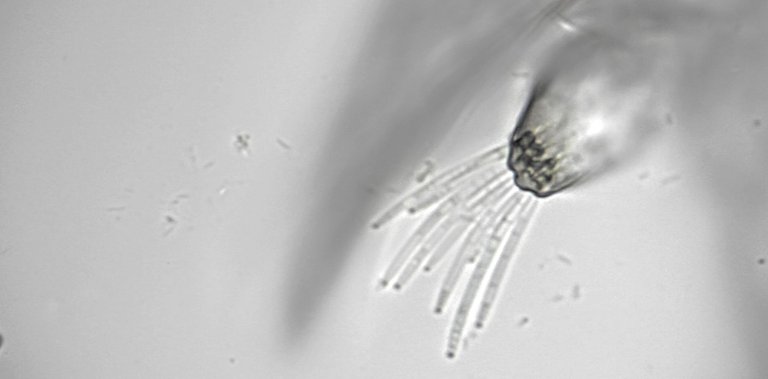
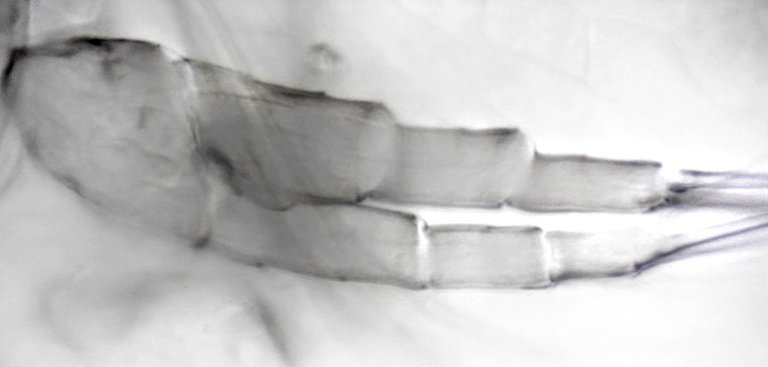
L'identificazione esatta della specie mi risulta difficoltosa data la scarsa quantità di immagini su internet, pertanto basandomi anche sull'acidità dell'acqua sono arrivato a conclusione che potrebbe trattarsi di Chydorus sphaericus oppure Chydorus latus sebbene quest'ultimo sembra sia più endemico della Norvegia; non dimenticando però che può esser stato tranquillamente importato tramite la torba che acquisto, spesso proveniente da quei posti oppure tramite le piante carnivore.
The exact identification of the species is difficult for me given the limited amount of images on the internet, therefore based also on the acidity of the water I came to the conclusion that it could be Chydorus sphaericus or Chydorus latus although the latter seems to be more endemic than Norway ; not forgetting, however, that it may have been safely imported via the peat I purchase, often from those places or through carnivorous plants.
Vi lascio con un piccolo video. I leave you with a small video. VIDEO 4K
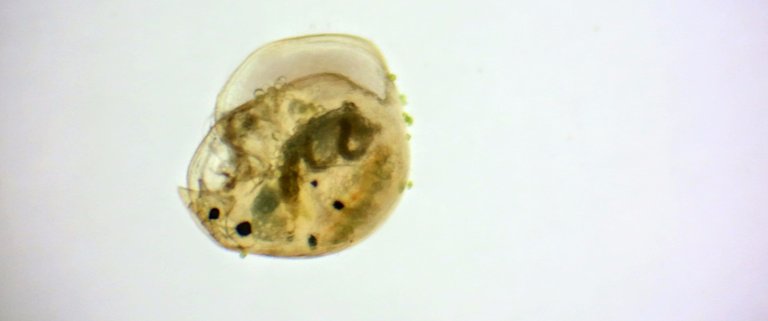
All photos are my property
Tutte le foto sono di mia proprietà
SOURCES
https://www.artsdatabanken.no/Pages/214505/
Potrebbe interessarti anche ...
You may also be interested ...


OMG it pooped in front of the camera! :D
We had some microscope classes in school. It was awesome to prepare the samples and then look whats in the water or some small organic tissues pieces.
Ahahaha yes it's true, twice!
I think the microscope is a great tool for communicating with young children, it is relatively simple to use and it is also fun to prepare the slides.
I am happy that you carry out these initiatives!
When I was a kid, my father once showed me what was in a drop of water with his microscope. It was amazing!
Yesss! =) Very beautifull! It's a whole new world to discover!
@tipu curate
A huge hug from @amico! 🤗
by @ilnegro
!discovery 30
Questo post è stato condiviso e votato all'interno del discord del team curatori di discovery-it Entra nella nostra community! hive-193212
This post was shared and voted inside the discord by the curators team of discovery-it. Join our community! hive-193212